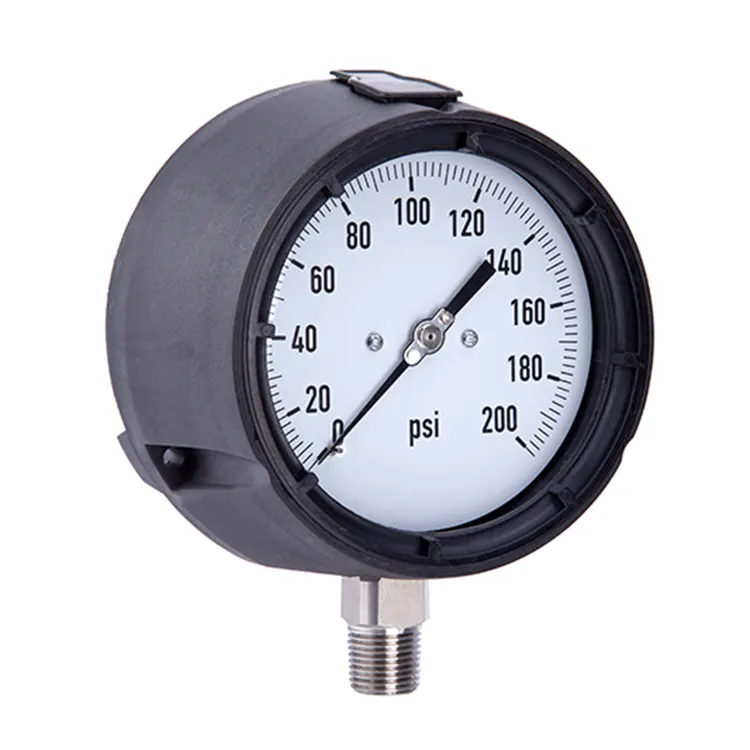Notes on Using Bourdon Tube – An Essay
2025-06-24
The Bourdon tube is one of the most widely used mechanical devices for measuring pressure in industrial and laboratory applications. Invented by Eugène Bourdon in the 19th century, the device remains a cornerstone in pressure instrumentation due to its simplicity, durability, and reliability. Understanding how to effectively use a Bourdon tube involves knowledge of its working principle, installation procedures, calibration requirements, and maintenance considerations.
Working Principle
A Bourdon tube operates based on the principle that a flattened, curved tube tends to straighten when internal pressure increases. This tube is sealed at one end and connected to the pressure source at the other. As the internal pressure rises, the tube uncoils slightly, and this movement is mechanically linked to a pointer on a dial gauge, translating tube deformation into a readable pressure value. The movement is proportional to the pressure, allowing for accurate measurement.
Installation Guidelines
Proper installation is essential for the accuracy and longevity of a Bourdon tube. The device should be mounted in a position where it is not subjected to vibration, mechanical shocks, or excessive temperature fluctuations. It is also advisable to install the gauge upright, unless otherwise specified by the manufacturer. Using isolating valves and siphons can protect the Bourdon tube from aggressive media and steam, respectively.
Calibration and Accuracy
Calibration of Bourdon tube pressure gauges is crucial to ensure accuracy. Over time and with frequent use, mechanical components may drift from their original settings. Calibration involves comparing the gauge reading with a known pressure standard and adjusting the internal mechanism if necessary. Regular calibration is especially important in applications where precision is critical, such as in chemical or pharmaceutical industries.

Maintenance Practices
Routine maintenance enhances the performance and extends the lifespan of a Bourdon tube. Regular inspections should check for signs of corrosion, fatigue, leaks, or pointer stickiness. The gauge should be cleaned carefully, especially if exposed to harsh environments. If the pressure gauge is subjected to pulsating pressures, installing a snubber or dampener can reduce wear and improve longevity.
Application Limitations
While Bourdon tubes are versatile, they are not suitable for every scenario. For example, they may be less accurate under rapidly fluctuating or very low pressures. Also, in environments involving highly corrosive fluids, Bourdon tubes made of specialized materials like stainless steel or Monel may be necessary. It’s important to match the construction material of the tube to the media being measured.
Conclusion
The Bourdon tube remains a fundamental tool in pressure measurement due to its effectiveness and ease of use. To ensure accurate readings and long service life, users must follow proper installation, calibration, and maintenance procedures. When used appropriately, this simple yet robust instrument can deliver reliable performance across a wide range of industrial applications.
As a professional manufacturer and supplier, we provide high-quality products. If you are interested in our products or have any questions, please feel free to contact us.


